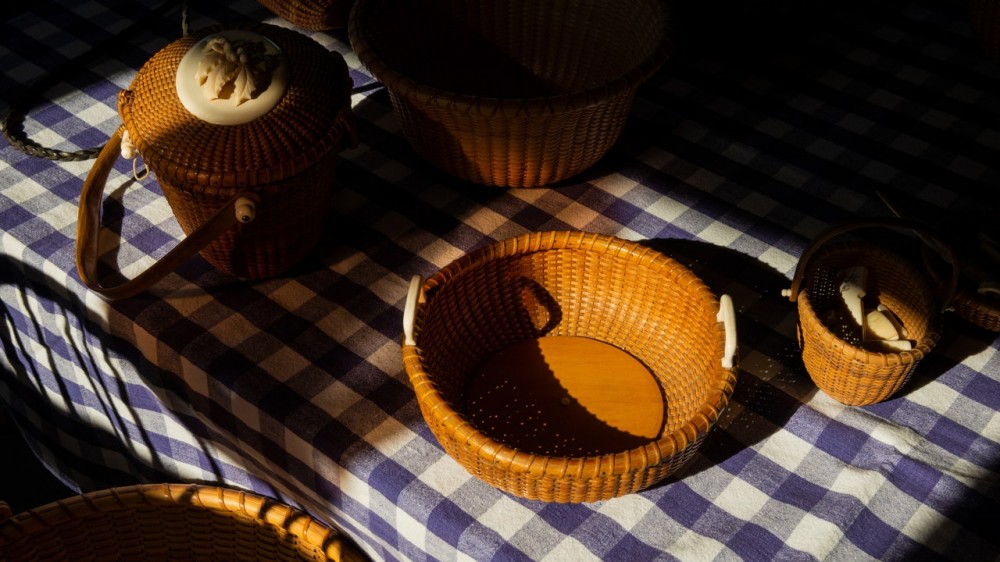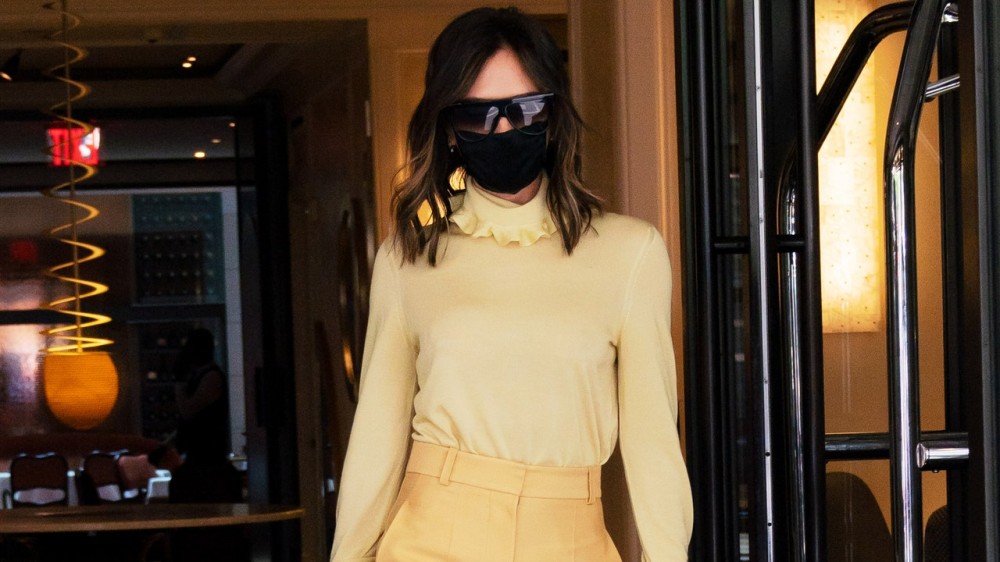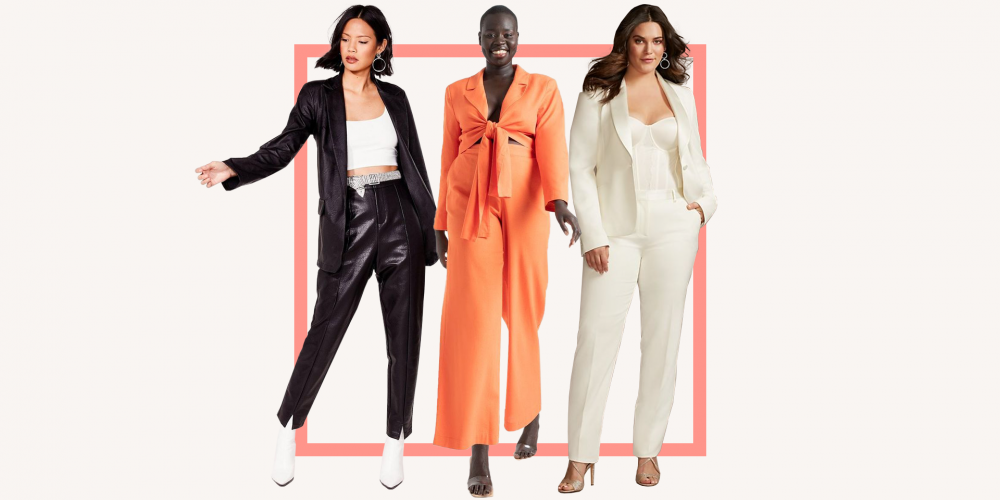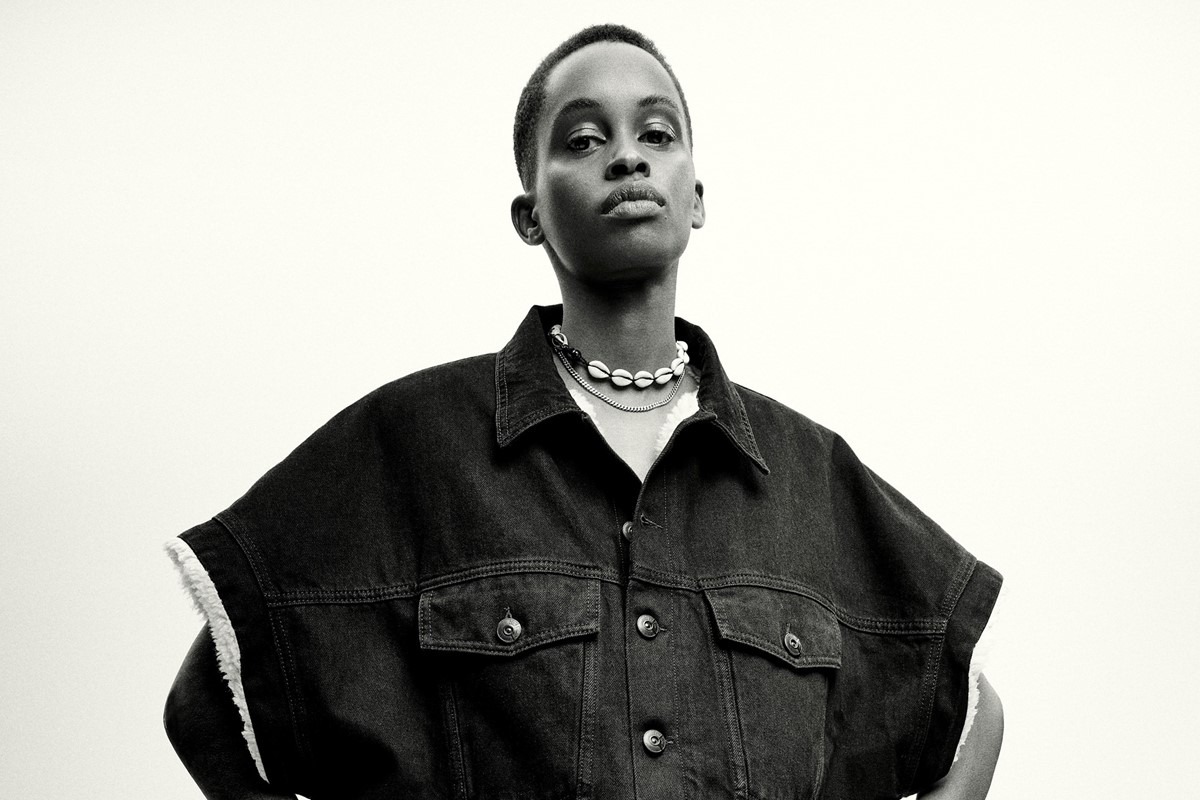
The East
New York may have the cachet, but in places like Nantucket; Franklin, New York; and Washington, D.C., a score of designers both new and established are proving that good style (and strong followings) can crop up anywhere. Take a figure like JBD Apparel’s Saudia Islam who, despite Manhattan’s seductions, has stayed put in her native Philadelphia. “The pandemic made me realize that I’m able to run a business in a place that I want to run a business from,” she says, speaking for many young entrepreneurs. Over in Wilmington, Delaware, Asata Maisé—who moved back to her home state more than a year ago—feels much the same way. By collaborating with local creatives, she says, “we create our own sense of community in our own hub.”
Karl and Susan Ottison
Nantucket, Massachusetts
Karl and Susan Ottison have been making baskets together since they were married in Nantucket, 42 years ago. Susan credits her sister Nancy with teaching her the artistry behind the island’s signature rattan style, while Karl takes care of the woodworking. (Each basket, which takes at least 40 meticulous hours to create, becomes an instant heirloom.) Carrying on their local tradition and sharing Nantucket’s history with others—clients come from far and wide to commission the Ottisons, and their work has even landed in the White House—is what keeps the couple inspired. “Our work is a modern-day representation of a craft that began 160 years ago,” Susan says.—Emily Farra
Dur Doux
Washington, D.C.
Founded in 2013 by mother-daughter duo Cynthia and Najla Burt in Washington, D.C., Dur Doux (“hard soft”) brings an original avant-garde sensibility to everything they make, from a pastel high-low tulle evening number to a teal minidress covered in rosettes. In a city not known for sartorial style, flair, or experimentation, the label’s fanciful eveningwear makes a statement. Still, D.C.’s global perspective is key. “Instead of rooting our brand in the American fashion idea, we are totally rooted in the international,” Cynthia says. A city like New York could also offer a global mindset—Dur Doux did make their Fashion Week debut there last September—but D.C. also boasts space to create and historic architecture to inform their work. durdoux.com—Sarah Spellings
Asata Maisé
Wilmington, Delaware
You need to be quick to get a piece from Delaware-based designer Asata Maisé. Each time she releases a collection of accessories and clothing, it sells out. The pieces certainly make for good eye candy: Both her bags and her curve-skimming dresses are patchworked from a mélange of colorful deadstock and vintage fabric. After a handful of years working for other designers and waiting tables in Los Angeles and New York, she decamped home to Delaware in 2019—and her newest look book is composed of local talent, including a photographer, a skater, and a fellow designer. “Creative people have to come together and collaborate,” says Maisé. “That’s how we create our own sense of community in our own hub.” asatamaise.com—Liana Satenstein
Hanifa
Kensington, Maryland
Since Anifa Mvuemba’s nine-year-old brand went viral last season with a virtual show, she’s been able to work from anywhere. Still, her hometown of Kensington is where she feels at ease. With her clothes now worn by Sarah Jessica Parker and featured in magazine editorials and music videos, Mvuemba wants to ensure that Black designers across the United States are afforded the same opportunities. “I’m just hoping I can help the next generation that’s coming up,” she says. “That’s my biggest goal.” hanifa.co—Janelle Okwodu
Gary Graham
Franklin, New York
Since Gary Graham moved out of a basement studio in Tribeca and into a historic storefront in Franklin, New York, two years ago, the sun has seemed to shine on this onetime CFDA/Vogue Fashion Fund finalist. Retailers including Joyce Hong Kong have come knocking, drawn by the designer’s one-off pieces for his label, Gary Graham422, most made from vintage textiles. With both room and headspace aplenty, Graham has started to expand the elaborate, fictive narratives he constructs to include real people—and think about new, ever-more-responsible ways of doing things. “Glamour has always alluded to a sense of disguise,” he says, “but these days, transparency has its own sense of glamour.” garygraham422.com—Laird Borrelli–Persson
JBD Apparel
Philadelphia, Pennsylvania
Saudia Islam’s Philadelphia-based knitwear company JBD Apparel had its big break when Kim Kardashian West wore and posted a blush-pink, body-hugging, midriff-baring “going out” knit set last June. The designer—also a mother to a one-year-old—always had an affinity toward knitwear: She started a crochet club in middle school and began knitting as a way to release stress. Three years after she launched her label, those slinky, curve-skimming skirts, corsets, and off-the shoulder tops are now in red-hot demand. And while Islam has entertained the notion of relocating to New York, Philadelphia seems to suit both her career and her life. “It’s more valuable for me to stay here because of the family dynamic that I have. It’s my support system. The pandemic made me realize that I’m able to run a business in a place that I want to run a business from,” she says. jbdapparel.com—L.S.



